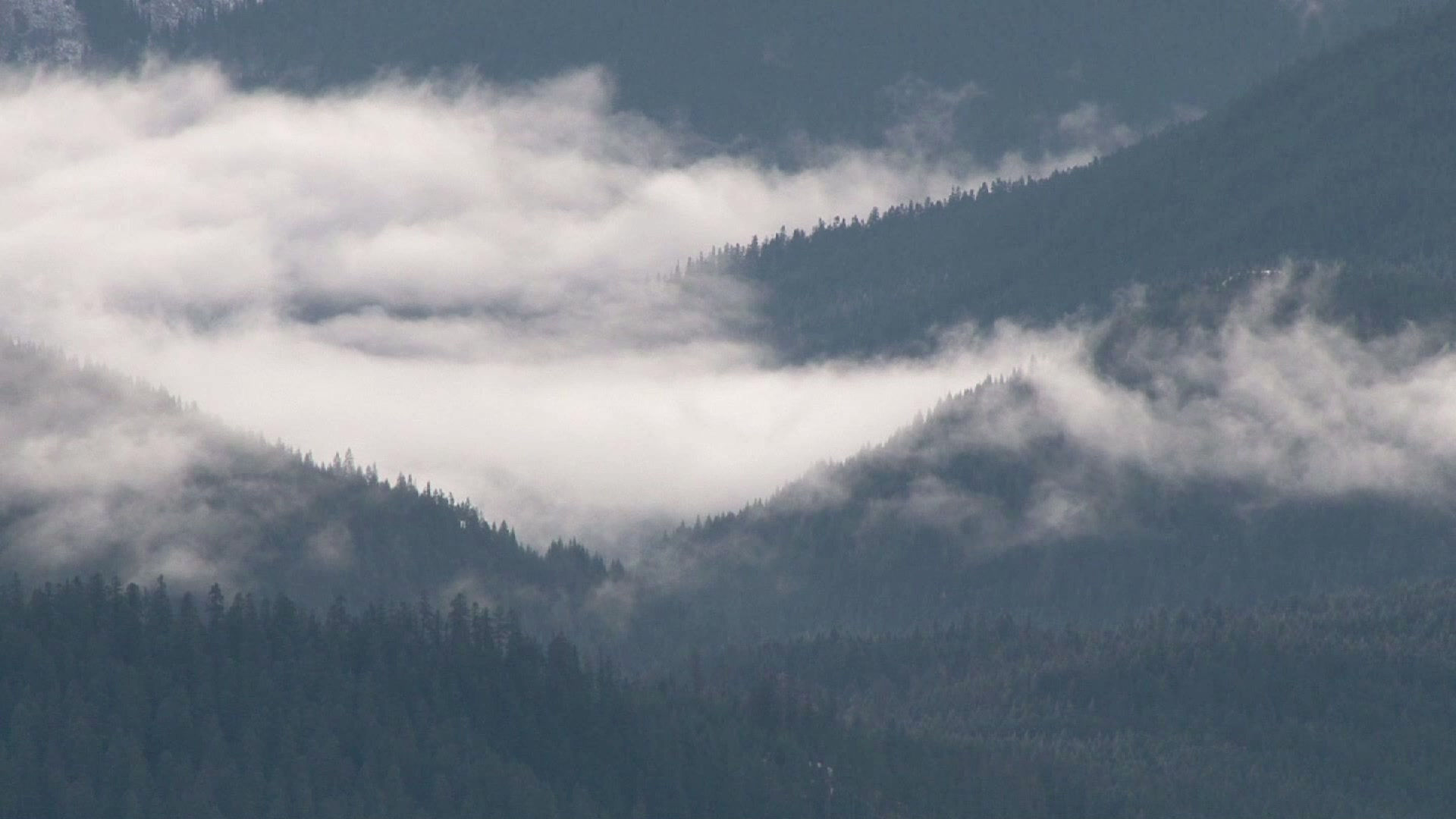
What's the science behind it?

FOG-FREE GLASS.
CHEM
ON!
The coating is unaffected by water, which then is able to fuse the hydrophilic and hydrophobic properties in a lone coating, the phenomena labeled as “Zwitter wettability"
It’s hydrophobic to water droplets but very hydrophilic to water vapor, meaning water molecules enter very quickly into the coating, into this non-freezing state, but if you put a drop of water onto it, it behaves like a Teflon surface.
Surface is made by a process called layer-by-layer deposition, which is the alternating of two different polymers
The hydrophilic coating, for water droplets, is composed of three-dimensional matrix of negatively-charged polymer chains with a mixture of glass nanoparticles and tiny air bubbles
increase the attraction of water and glass, and water particles to each other
Glass becomes water-loving, that it raises the surface area of water allowing the droplets to become flatter, therefore forming into smooth transparent sheets which solves the fogging process
The hydrophobic coating, for gas-phase water molecules repels the water droplets but absorbs moisture from the environment. It is hydrogen bonded to the matrix so whatever water gets into the coating cannot gather as condensation and freeze and therefore cannot become frost.
